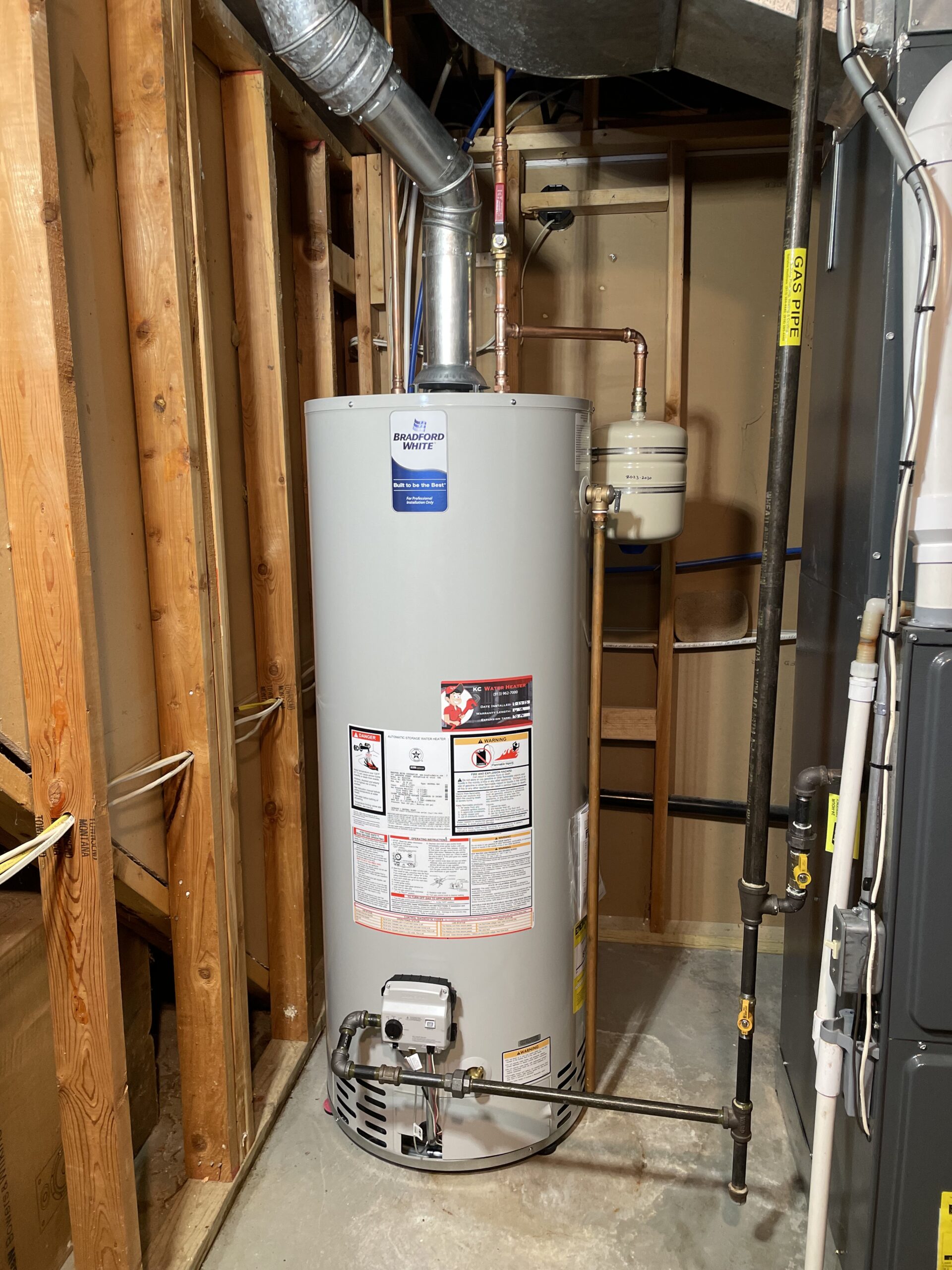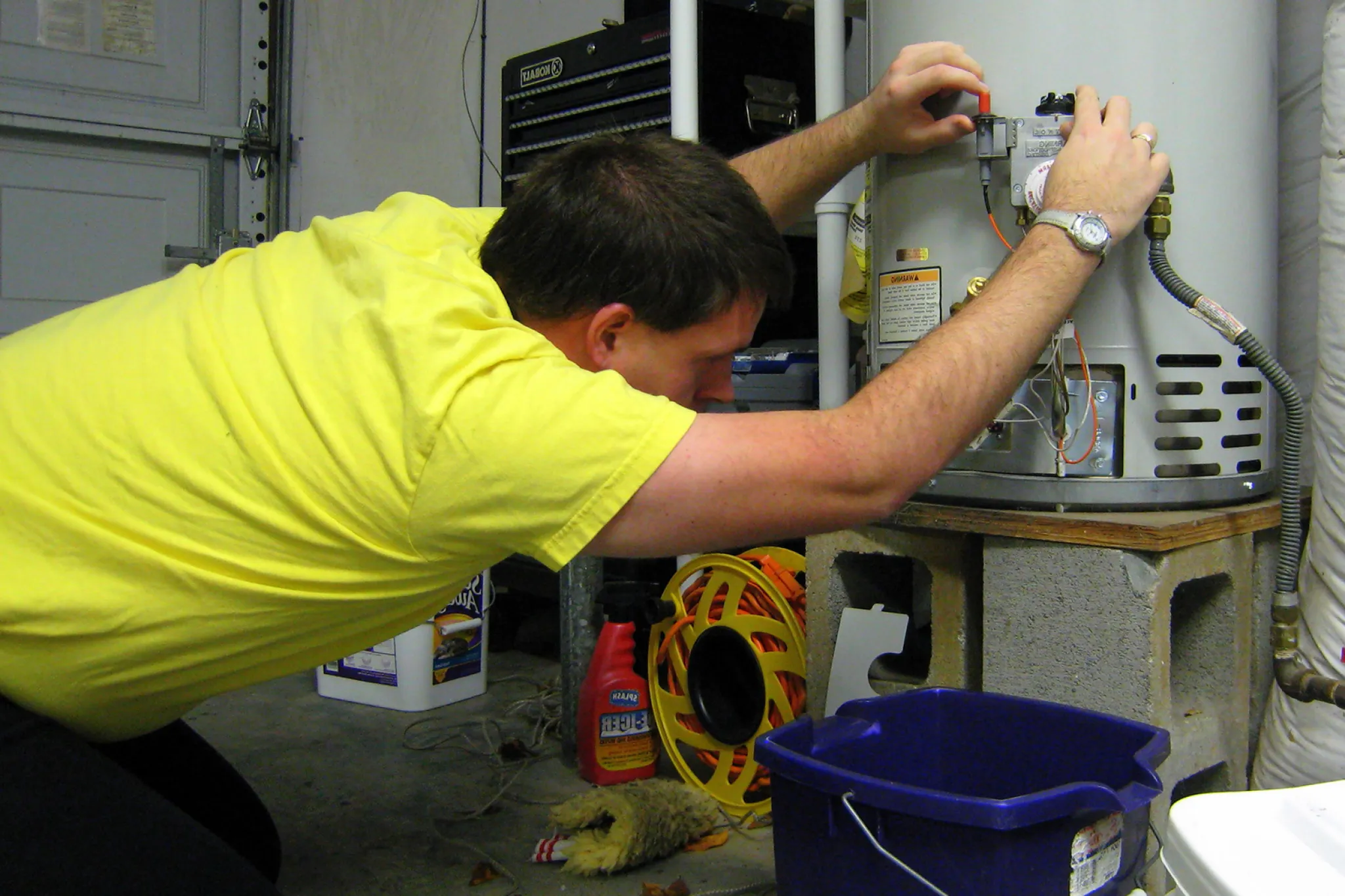Caring for Your Home's Hot Water System: Key TipsImportant Advice on Caring for Your Home's Hot Water System
Automated MarketingThe content in the next paragraphs in relation to Tips For Maintaining Your Hot Water Heater is quite entertaining. You should keep reading.

Hot water is crucial for everyday convenience, whether it's for a rejuvenating shower or cleaning dishes. To ensure your warm water system runs effectively and lasts much longer, regular upkeep is key. This post provides functional ideas and insights on exactly how to keep your home's hot water system to stay clear of disruptions and costly repair services.
Intro
Preserving your home's warm water system might seem overwhelming, however with a couple of basic steps, you can ensure it operates smoothly for several years to find. This overview covers every little thing from understanding your warm water system to DIY upkeep pointers and knowing when to hire expert aid.
Importance of Preserving Your Warm Water System
Normal maintenance not only expands the life-span of your hot water system however likewise guarantees it operates efficiently. Ignoring upkeep can lead to decreased effectiveness, greater power costs, and even premature failure of the system.
Indications Your Hot Water System Requirements Maintenance
Understanding when your hot water system needs attention can avoid major issues. Keep an eye out for indicators such as irregular water temperature level, odd noises from the heating unit, or rusty water.
Flushing the Water Heater
Flushing your hot water heater gets rid of debris accumulation, enhancing effectiveness and extending its life.
Checking and Replacing Anode Rods
Anode poles protect against deterioration inside the container. Checking and replacing them when worn out is essential.
Complex Concerns Calling For Expert Assistance
Examples include significant leakages, electrical problems, or if your water heater is continually underperforming.
Regular Expert Maintenance Benefits
Specialist upkeep can include comprehensive inspections, tune-ups, and making certain conformity with security standards.
Examining and Changing Temperature Settings
Adjusting the temperature level setups makes sure ideal performance and safety.
DIY Tips for Upkeep
You can execute a number of maintenance tasks yourself to maintain your warm water system in top condition.
Checking for Leakages
On a regular basis examine pipes and links for leakages, as these can cause water damage and higher costs.
Comprehending Your Hot Water System
Before diving right into upkeep tasks, it's helpful to recognize the fundamental elements of your hot water system. Generally, this consists of the water heater itself, pipes, anode poles, and temperature level controls.
Monthly Upkeep Tasks
Routine monthly checks can help capture minor issues prior to they intensify.
Testing Stress Relief Valves
Testing the stress relief valve guarantees it works correctly and protects against extreme pressure build-up.
Insulating Pipelines
Protecting hot water pipelines decreases warmth loss and can save power.
When to Call an Expert
While DIY upkeep is advantageous, some concerns call for expert proficiency.
Verdict
Regular upkeep of your home's hot water system is crucial for efficiency, long life, and cost financial savings. By following these ideas and knowing when to look for professional assistance, you can ensure a reputable supply of warm water without unforeseen disturbances.
Water Heater Maintenance Tips
Test the TPR Valve
Shut off the power and the cold-water supply valve. Place a bucket under the pipe connected to the temperature-pressure-release (TPR) valve on the top or side of the tank. (This valve opens if the tank pressure gets too high.) Lift the valve’s tab to let some water out, then let go. If water keeps flowing, drain the tank partway, unscrew the old valve with a pipe wrench, and install a new one. Check the Anode Rod
Put a hose to the tank’s drain cock and let out a few gallons of water. Now fit a 1 1/16-inch socket onto the rod’s hex head on top of the heater (or under its top plate) and unscrew the rod. If it’s less than ½ inch thick or coated with calcium, buy a new one, wrap its threads with Teflon tape, put it back in the tank, and tighten securely. Use this segmented rod if headroom above the tank is limited. Drain the Tank and Wash Out Sediment
Drain the remaining water in the tank into the bucket, then stir up the sediment on the tank’s bottom by briefly opening the cold-water supply valve. Drain and repeat until clean water comes out of the hose. Close the drain cock, refill the tank, and turn its power back on. Adjust the Temperature
Find the temperature dial on the side of the tank and unscrew its cover. Adjust the dial to 120 degrees using a flathead screwdriver. For every 10 degrees the temperature is lowered, you can expect to save up to 5 percent in energy costs. Turn the water heater off or the thermostat down to its lowest setting if you plan to be away from home for more than three days. Insulate the Pipes
Buy some self-sticking 3/8-inch-thick foam pipe insulation that matches the pipes’ diameter. Slide the foam over the hot-and cold-water pipes as far as you can reach. Insulating the cold-water pipe prevents condensation in summer. Peel the tape and squeeze the insulation closed. If the pipe is 6 inches or less from the flue, cover it with 1-inch-thick unfaced fiberglass pipe wrap. https://www.thisoldhouse.com/plumbing/21016402/how-to-maintain-a-water-heater

Hopefully you liked our topic on How to Maintain Your Water Heater & Prolong its Life. Many thanks for spending some time to read our short article. If you liked our post please don't forget to pass it around. We cherish reading our article about Tips on Maintaining a Water Heater.
Click Here